SOIL PREP
Universal Plant Needs
Although garden plants hail from all corners of the world, they have surprisingly similar soil requirements — best attended to before planting. Simply put, most garden plants need soils that are well-supplied with air (yes, roots must breathe!), water, and nutrients. And one other important ingredient, organic matter (sometimes called humus), that witch’s brew of living and once-living organic materials in various states of decomposition that, in addition to contributing to the just-mentioned needs, also includes a friendly microbial community for optimum plant health.
Aeration must be the first consideration, since plants are unable to utilize nutrients, even in fertile soils, if roots lack access to air. There are two causes for waterlogged soils: either the water table is too high, bringing water up from below; or the soil has pores so small that they cling by capillary action to too much water that falls from above.
Deal with a high water table by either choosing another site for planting, by raising roots above the water table, or by lowering the water table. Growing plants in raised beds is the way to bring roots above a water table.  Build beds high enough to take the roots up out of the water, and wide enough so they don’t dry out too quickly.
Build beds high enough to take the roots up out of the water, and wide enough so they don’t dry out too quickly. 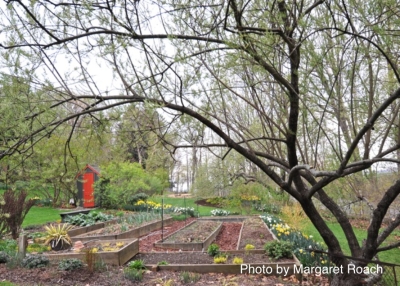 To instead lower the water level, drain water away to lower ground by digging trenches or by burying perforated, plastic pipe.
To instead lower the water level, drain water away to lower ground by digging trenches or by burying perforated, plastic pipe.
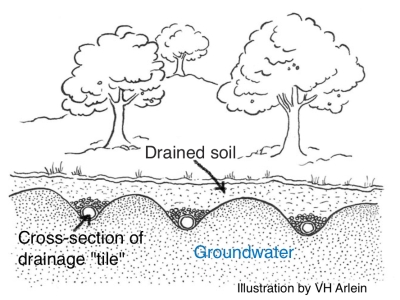
Illustration from my book The Ever Curious Gardener
Too Much/Too Little Water/Air
Small pores too clogged with water is a common condition of clay soils. The way to aerate such soils is to aggregate the soil particles, that is, glue the small clay particles into larger units. Then the large pores between the aggregates hold air but are too large to hold capillary water. Not to worry. The small pores within the aggregates still hold capillary water, and you’re left with the best of both worlds.
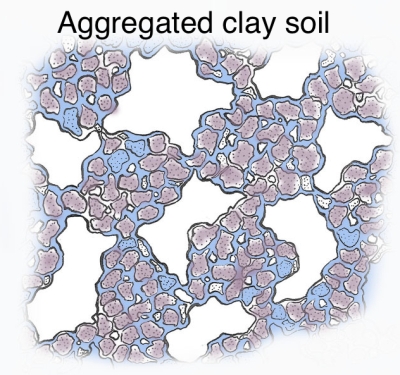
Illustration from my book The Ever Curious Gardener
The “glue” that holds together the small clay particles is that previously mentioned organic matter. The source of that organic matter is compost, peat moss, manure, rotted leaves, wood chips, sawdust, and the like. Mix an abundance of any or all these materials into the soil.
Aggregation of clay soils is also created naturally by time, growing roots, and alternate freezing and thawing. And loss of aggregation is avoided by not working (tilling, for example) or walking or driving on clay soils when they are wet.
Sandy soils represent the opposite extreme from clay soils. The relatively large spaces between relatively large sand particles hold plenty of air.
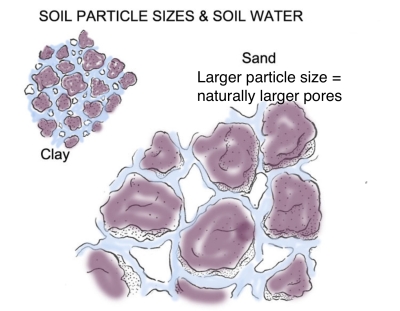
Illustration from my book The Ever Curious Gardener
But these soils dry out too readily. Trudging water all season long to plants is one cure, but a more practical approach is, once again, organic matter. Mix an abundance of organic materials into such soils or, even better, lay them on top as mulch to naturally work their goodness down into the ground. In this case, the sponge-like nature of decomposing organic matter is what holds moisture.
With aeration and water have been taken care of, the next consideration is fertility. The soil’s job is to supply plants with more than a dozen essential nutrients. Before a plant can utilize those nutrients, a soil’s acidity (pH level) must be in the correct range.
Most cultivated plants thrive best in soils that are slightly acidic (pH between 6 and 7). A soil’s acidity can be measured either with a purchased kit or by sending a sample to a testing laboratory. Contrary to common belief, pine needles or oak leaves are not the way to make a soil more acidic; that’s done with sulfur, a naturally occurring mineral. Ground limestone is what makes a soil less acidic.
The amount of either material needed to change the acidity depends on how much of a change is needed and how much clay is in the soil. To change a soil one pH unit requires, per ten square feet, two-tenths to one pound of limestone or one-tenth to one pound of sulfur. The lower values apply to sandy soils and the higher values apply to clay soils.
And Finally, Food
Periodic fertilization is needed to replace nutrients lost from soil. Three nutrients needed in greatest amounts by plants are nitrogen, phosphorus, and potassium, and these might be the only nutrients you need to add deliberately. The others tag along with all those organic materials you add to the soil.
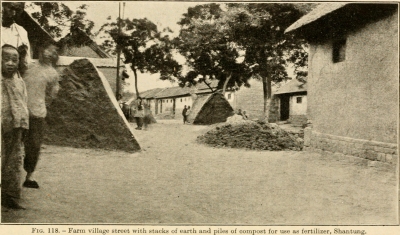
Compost is ideal, as was recognized in China 100 years ago. Photo from F. H. King’s classic book Farmers of Forty Centuries
Nitrogen is the nutrient needed in greatest quantity, about two-tenths of a pound per hundred square feet each year for heavy feeders, such as vegetables. Supply this quantity organically with three pounds of soybean meal (7% nitrogen), or, best of all, a one-inch deep mulch of compost (about 2% nitrogen). 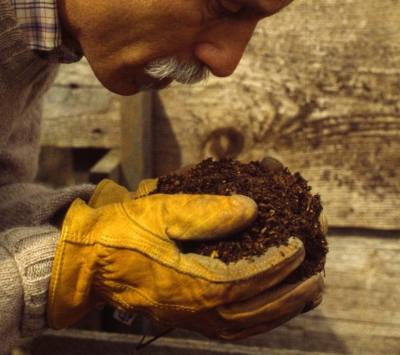 Unless a soil is naturally very lean, less hungry plants, such as many flowers, especially wild-ish ones like coneflower and liatris, thrive with nothing more than a mulch of wood chips, straw, or some other organic material.
Unless a soil is naturally very lean, less hungry plants, such as many flowers, especially wild-ish ones like coneflower and liatris, thrive with nothing more than a mulch of wood chips, straw, or some other organic material. 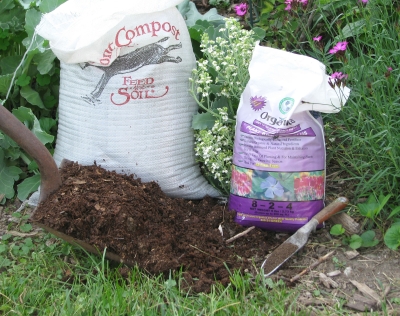 These mulches will naturally build up fertility of even these soils.
These mulches will naturally build up fertility of even these soils.
With aeration, water, and nutrients taken care of, the ground is ready for almost any plant from a marigold to a forsythia to a maple. 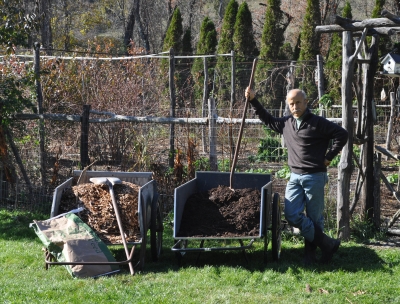


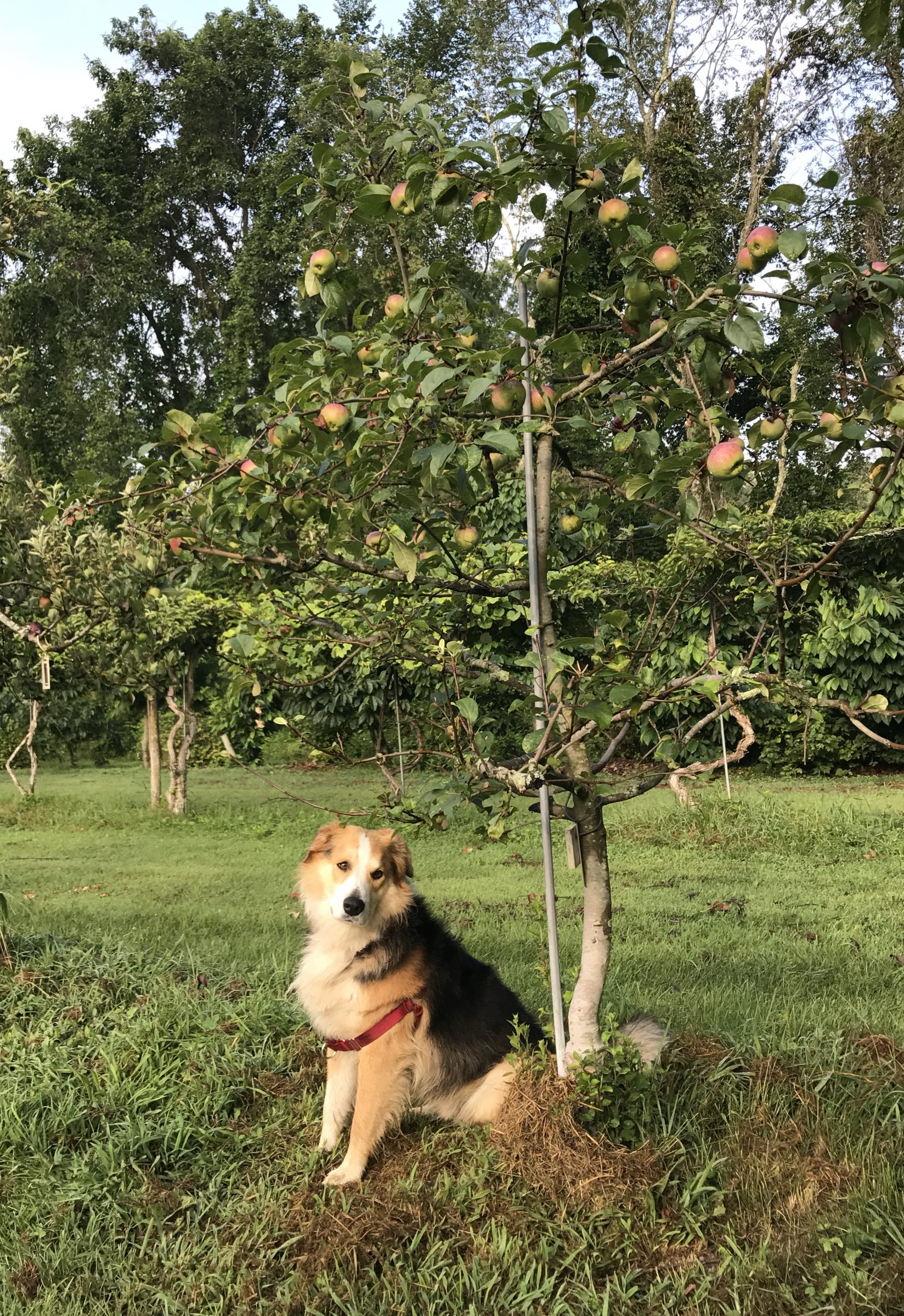
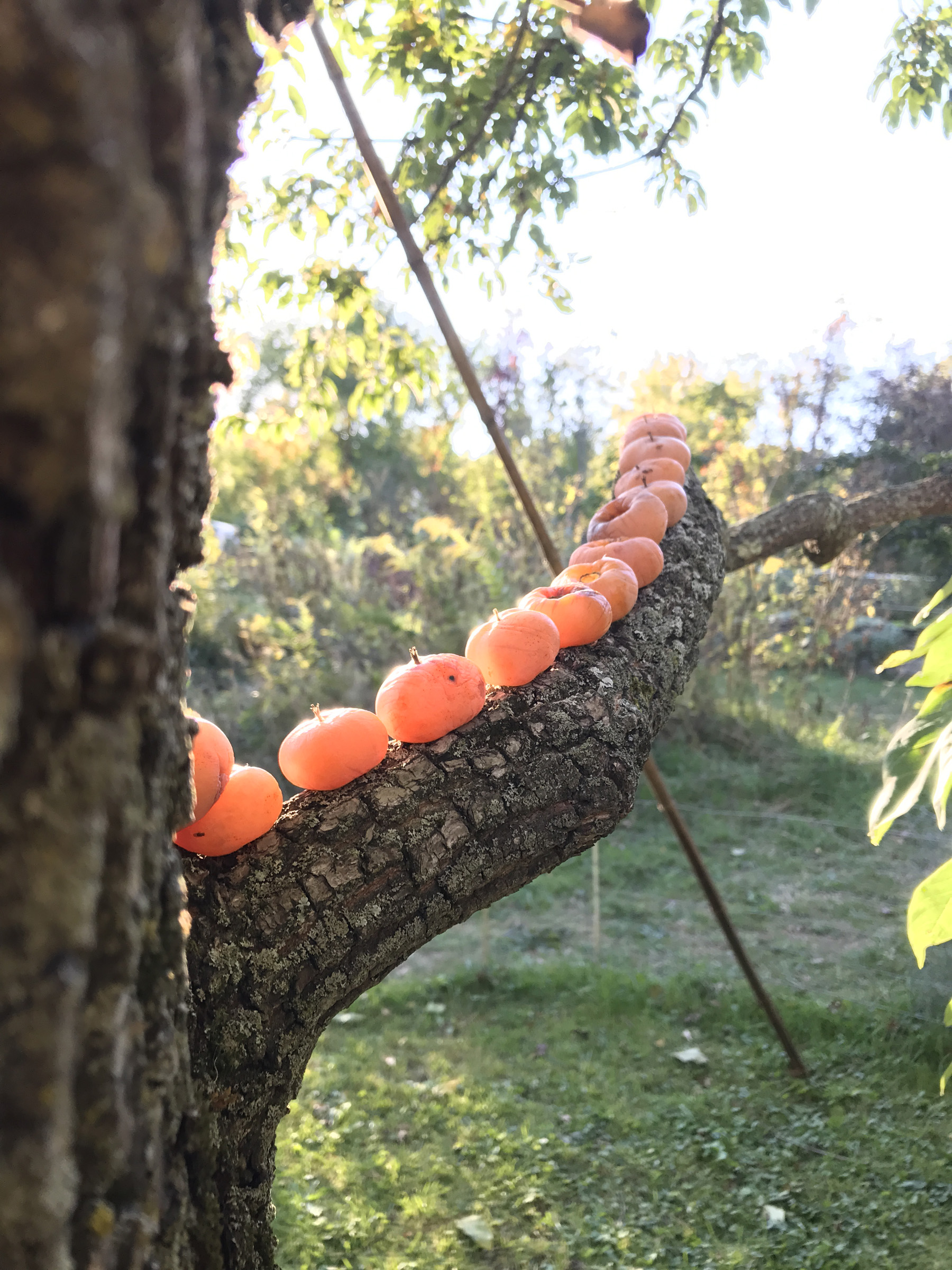
Great information about amending the soil so that plants will thrive in it. My soil is nutritious clay, fairly loose at the top 12 inches or so, thanks to incorporation of organic matter and mulch each year. This year I am taking out some brickwork done by the previous owner and there is a lot of sand and paver base underneath. Would you recommend removing these or mixing them into the soil? I have heard that mixing clay and sand can be either the best or the worst of both worlds.
You heard right. I wouldn’t recommend mixing in the sand.
Hi Lee,
This week, for some unknown reason, your blog posts starting arriving with a “from” tag of “the librarian cloudy”. Is this really you or has a hack occurred. I hesitate to open them at this point.
My daughter used to have a blog called “the cloudy librarian”, so I am very suspicious.
Please let me know what you may know.
Thanks, Pauline Singley
I have no idea what that means but I’ll forward what you wrote to the guy that takes care of my web problems and see what he thinks.